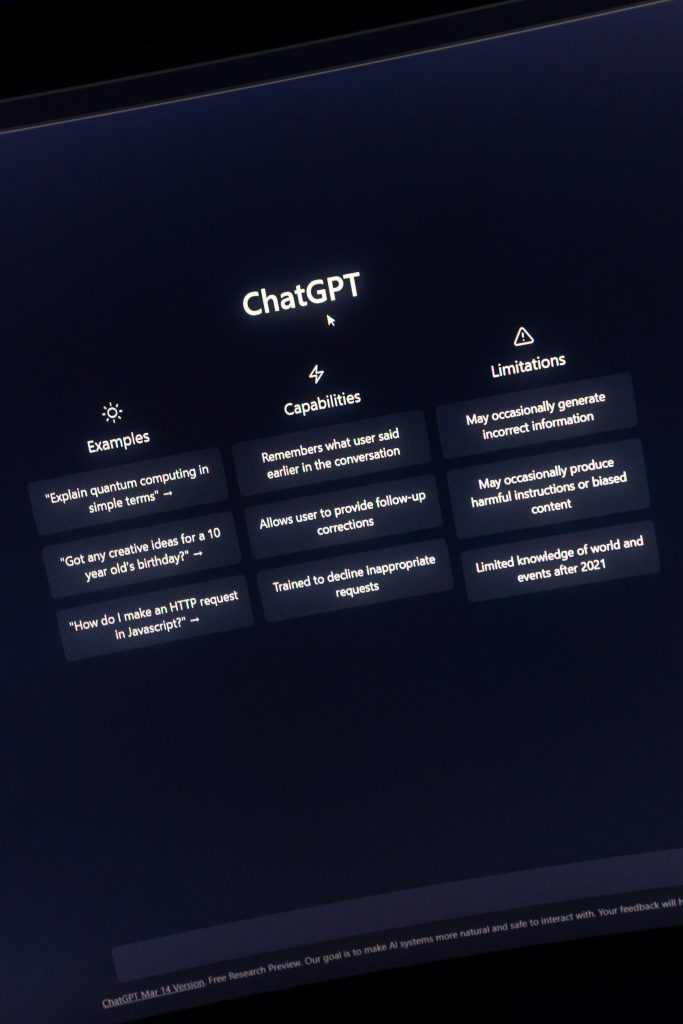AI for Adult Educators
The Art of Prompting: 6 Types of Prompts Every Educator Should Master
Artificial intelligence is transforming how we learn, teach, and create. Yet the most powerful skill for educators today is not coding or data analysis. It is the ability to give clear, structured instructions that help AI produce meaningful results.
For educators and trainers, prompting is now a professional literacy that determines whether AI becomes a distraction or a valuable teaching partner.

Why Prompting Matters in Adult Education
In traditional teaching, we frame questions to guide reflection or discussion. In AI-powered learning, prompts play the same role: they shape the quality, direction, and depth of the output.
When crafted intentionally, a good prompt can:
The quality of the prompt determines the quality of the learning experience.
The Six Core Types of Prompts Every Educator Should Know
Instructional Prompts
Instructional prompts tell the AI exactly what to do, similar to how a trainer gives instructions in class. They are ideal when you want structured, factual, or procedural output.
Example:
“Explain Bloom’s Taxonomy in simple terms for adult learners, using one practical example per level.”
Best for: Creating lesson outlines, summaries, or content explanations.
Tip: Use clear action verbs and specify the audience context, such as “for new facilitators” or “for corporate learners.”
Reflective Prompts
Reflection helps adults make meaning from their experiences. Reflective prompts guide the AI to pose deeper questions or generate models for reflection.
Example:
“How might AI tools change your approach to giving feedback and facilitating learning?”
Best for: Journals, debriefs, or reflection activities.
Tip: Use them at the end of modules or learning cycles to connect theory to practice.
Creative Prompts
Creative prompts push the AI to generate new ideas, solutions, or formats. They are designed to encourage innovation and creative thinking.
Example:
“Generate five engaging activities to teach negotiation skills using storytelling or simulation.”
Best for: Brainstorming sessions, lesson design, or creative assignments.
Tip: Add boundaries such as “for online learning” or “using free tools” to sharpen the results.
Analytical Prompts
Analytical prompts ask the AI to compare, critique, or evaluate. They help learners examine alternatives and make informed decisions.
Example:
“Compare Gagné’s 9 Events with Kolb’s Learning Cycle and recommend which is more effective for hybrid training.”
Best for: Comparative essays, course evaluations, or critical discussions.
Tip: Include criteria for analysis such as effectiveness, engagement, or scalability.
Role-Based Prompts
Role-based prompts ask the AI to respond as a professional with specific expertise. This gives you more focused, contextually relevant outputs.
Example:
“Act as a curriculum designer and create a two-hour lesson plan on digital literacy for adult learners.”
Best for: Designing learning materials, simulating professional perspectives, or creating case studies.
Tip: Always define the role, audience, and desired format.
Structured Prompts
Structured prompts combine context, instruction, and output format. They are the most advanced form of prompting and often follow established frameworks such as RIDE (Role, Instruction, Details, Expectation) or PACE™ (Plan, Align, Create, Execute).
Example (RIDE):
Role: You are an AI Learning Coach.
Instruction: Design a reflection activity for professionals learning prompt engineering.
Details: Use Bloom’s Taxonomy verbs and examples relevant to workplace learning.
Expectation: Present the output as a five-step worksheet with reflection questions.
Best for: Creating templates, lesson generators, or adaptive activities.
Tip: Structured prompts ensure consistency and reliability when collaborating with AI.
From Prompting to Pedagogy
Prompting is not only about producing answers; it is about shaping thinking. Each prompt type aligns with different levels of Bloom’s Taxonomy and supports distinct learning outcomes.
Prompt Type:
Instructional
Bloom’s Level:
Remember / Understand
Learning Purpose:
Introduce new ideas
Prompt Type:
Reflective
Bloom’s Level:
Evaluate / Create
Learning Purpose:
Connect learning to experience
Prompt Type:
Creative
Bloom’s Level:
Create
Learning Purpose:
Encourage innovation
Prompt Type:
Analytical
Bloom’s Level:
Analyze / Evaluate
Learning Purpose:
Develop critical thinking
Prompt Type:
Role-Based
Bloom’s Level:
Apply / Synthesize
Learning Purpose:
Apply learning to real contexts
Prompt Type:
Structured
Bloom’s Level:
Create / Evaluate
Learning Purpose:
Design complex learning workflows
When educators master prompting, they do not merely automate content creation; they elevate the learning process itself.
Practical Steps to Get Started with Prompt Engineering
-
Audit Your Teaching Tasks
Identify repetitive or creative tasks that AI could assist with, such as lesson planning, quiz generation, or learner feedback.
-
Start with Simple Prompts
Experiment with a few types, such as instructional, reflective, or role-based. Observe how small changes affect tone and relevance.
-
Iterate and Refine
Treat each AI session as a design iteration. Adjust your wording, context, and format until the output fits your educational intent.
-
Build a Prompt Library
Keep a collection of tested prompts organized by category and outcome. Over time, this becomes a reusable toolkit that improves consistency and efficiency.
Moving Forward: AI as a Co-Educator
The future of education is not about replacing human teachers but amplifying their creativity and reach and prompting bridges between pedagogy and technology by enabling educators to design experiences that are both human-centred and data-driven.
Those who learn to prompt effectively will lead the next wave of transformation in adult learning. They will be the ones who use AI not as a shortcut, but as a strategic partner for deeper learning and greater impact.
Take Action Now
Join the Next Learning Experience
Ready to apply these frameworks in practice?
Join the AI for Adult Educators Workshop to explore prompt design, adaptive learning, and real classroom applications.
